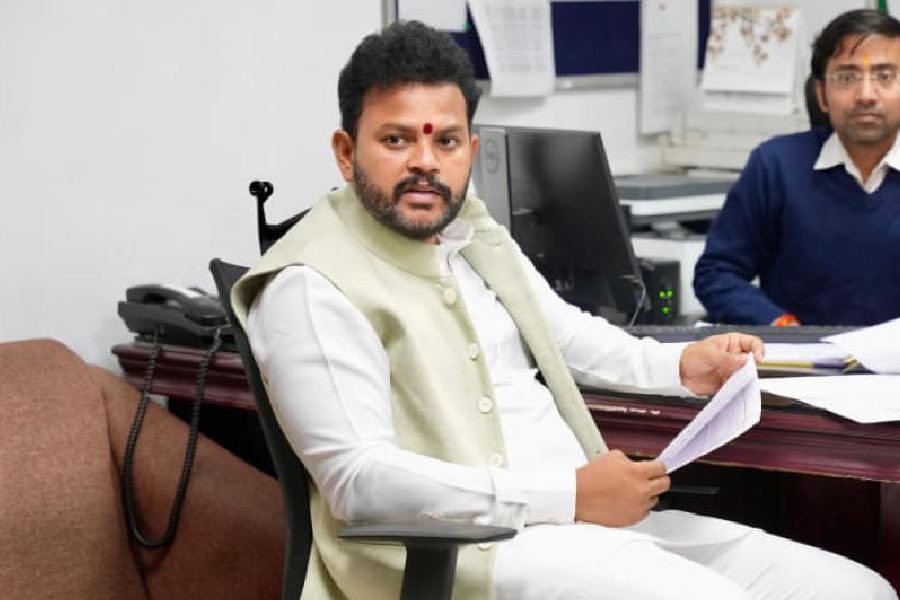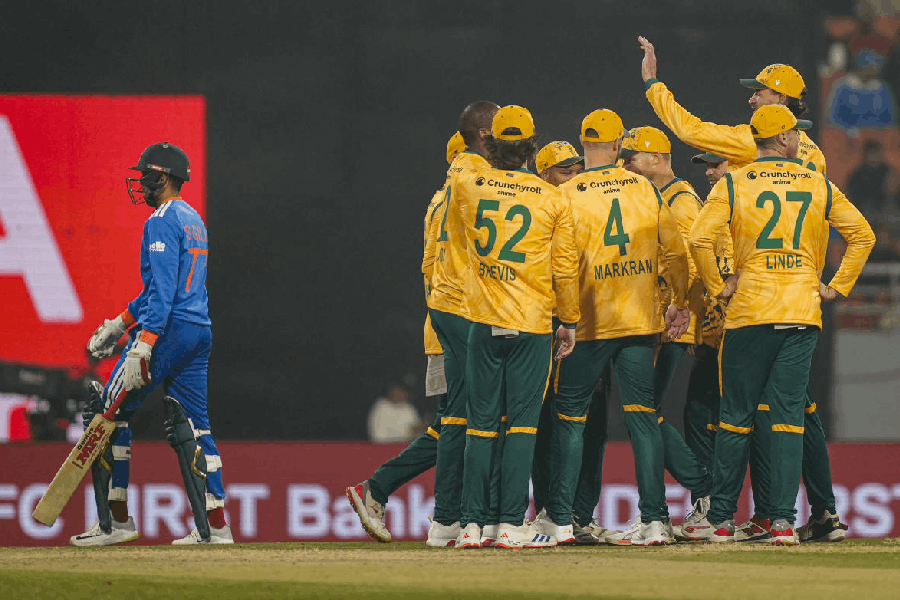
Calcutta will get a new cancer hospital in 2016, a welcome addition to the inadequate infrastructure that forces thousands of patients every year to leave the state for treatment of the disease.
The 150-bed hospital is coming up on a two-acre plot at Nayabad, off the EM Bypass, on the southern fringes. The Rs 59-crore project is scheduled to become operational in mid-August next year.
"The hospital will have provision for treatment at an affordable cost," said Ashish Mukherjee, director, Himadri Memorial Cancer Welfare Trust, which is setting up the hospital.
The state government gave the land to the trust while the Centre provided financial assistance, said Mukherjee.
About 80,000 people are diagnosed with cancer in Bengal every year. If those diagnosed earlier are counted, the number of cancer patients jumps tenfold to 8 lakh.
According to doctors and health officials, Calcutta treats less than half the total cancer patients in the state but the facilities are grossly inadequate even for them.
A majority of the cancer patients need hospitalisation, including day-care admission, during their treatment but the number of beds available is less than 2,000.
Chittaranjan National Cancer Institute (CNCI), the biggest state-run cancer hospital, has 218 beds. It has to treat 53,000 patients annually, 7,000 to 8,000 of them new.
The average waiting period for a patient to undergo radiation or surgery at the hospital is a month, said CNCI officials.
"Cancer treatment is usually long-term and involves huge expenditure at private hospitals. So a majority of patients have to go to government hospitals in Bengal or outside the state to get treated. But getting treated outside also involves travelling, which becomes difficult," said surgical oncologist Gautam Mukhopadhyay.
About 38,000 cancer patients visit Tata Memorial Hospital in Mumbai annually for treatment, more than 7,000 of them from Bengal. The numbers do not include the thousands who go to the Mumbai hospital for follow-up.
A hospital official said the number of patients from Bengal was second only to those from the home state, Maharashtra.
"Many patients come here because they get multi-disciplinary treatment under one roof. Calcutta has some good cancer hospitals but the city needs better facilities," said Anil D'Cruz, director of Tata Memorial Hospital. He cited proton therapy, an advanced treatment, to illustrate his point. The Mumbai hospital is in the process of making proton therapy available to patients but no Calcutta hospital has tried to offer it so far.
At Christian Medical College, Vellore, about 5.5 lakh patients visit the outpatient department from Bengal, a majority of them with cancer, said an official of the Tamil Nadu hospital.
Apollo Hospital, Chennai, treats between 12,000 and 14,000 cancer patients from Bengal every year, 40 per cent of the total number of cancer patients, said an official.
Shortage of beds is not the only infrastructure hurdle in cancer treatment in Bengal.
"We need better infrastructure like dedicated beds and more equipment for cancer treatment at government as well as private hospitals in Calcutta," Mukhopadhyay said.
Cancer patients get preference over other patients in getting admission to dedicated cancer beds. Such beds are backed up with dedicated cancer-treatment infrastructure and patients do not have to move from one place to another for treatment.
"Calcutta lacks comprehensive cancer-care units that can provide treatment by various departments under one roof," said CNCI director Joydip Biswas.
A 70-year-old patient who was recently diagnosed with stomach cancer underwent surgery at one private hospital in the city, radiation at another and chemotherapy at a third place. For follow-ups, he has to visit a fourth facility.
Places that provide "comprehensive cancer care under one roof", like Tata Medical Center, have long waiting periods. The New Town hospital has two radiotherapy machines that operate from 8am to 1am the next day. On an average 120 patients visit it daily for radiation after waiting at least 30 days for an appointment.
"The demand is much more than the infrastructure," said Mammen Chandy, director, Tata Medical Center. The hospital with 183 beds is building a second unit with 250 beds that is expected to become operational by 2017.
Government medical colleges, where most cancer patients have to go for treatment, do not provide facilities under a single roof like Tata, Apollo, Ruby or CNCI.
SSKM, Calcutta National Medical College and Hospital and Sagore Dutta Medical College and Hospital do not have radiotherapy units. Haematology, a crucial wing for patients suffering from leukaemia, lymphoma and some other types of cancer, is present only at NRS and Calcutta Medical College. Only NRS has a basic nuclear medicine unit, which improves diagnosis and treatment of some types of cancer.
Patients often have to suffer the harassment of being referred from one medical college to another to complete their treatment.










